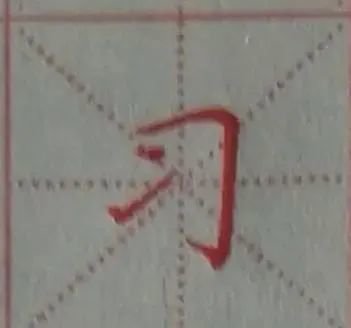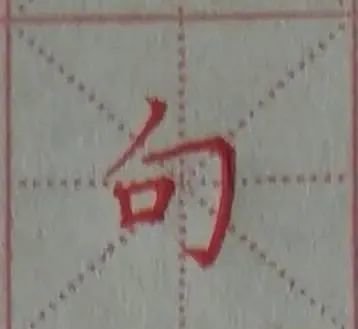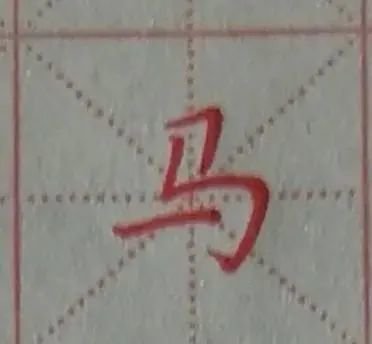Learning hard-tipped calligraphy, grasping and remembering some basic rules and good methods will get twice the result with half the effort. This is especially important for beginners, who can easily become overwhelmed by changes in basic stroke practice. If we can remember some rules, it will be of great help to improve our calligraphy practice.
The following are the rules and formulas for hard-pen calligraphy strokes:
1. The horizontal position should be slightly slanted and the vertical position should be straight. The horizontal lines should have a certain slope, and the vertical lines should be written straight.
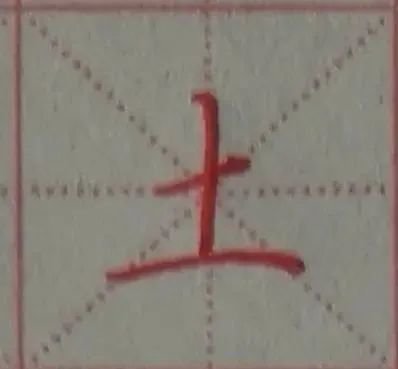
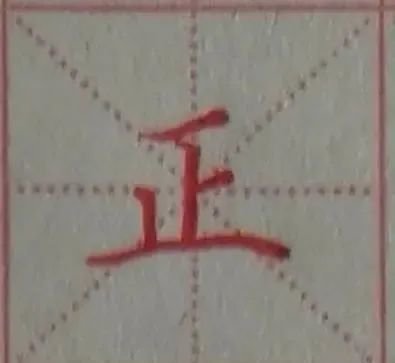
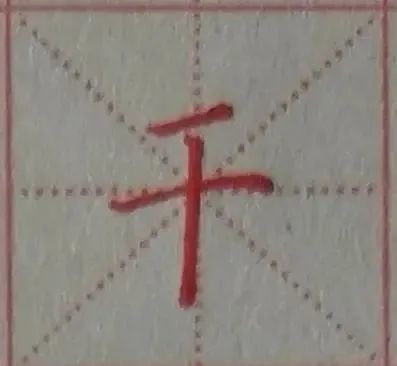
2. The long and horizontal ones have arcs, and the short and horizontal ones are thick. When writing long horizontal strokes, the horizontal strokes should not be too straight. The middle should be slightly arched upward with a slight arc, which makes it look good and easy to write. The strokes of short horizontal strokes should be a little heavier and look stubby.
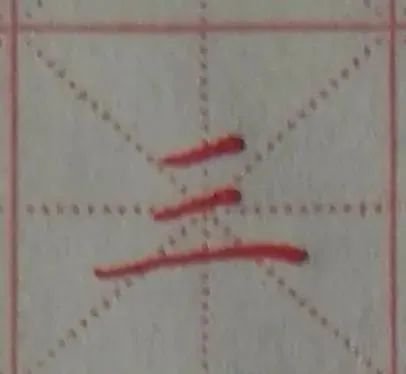
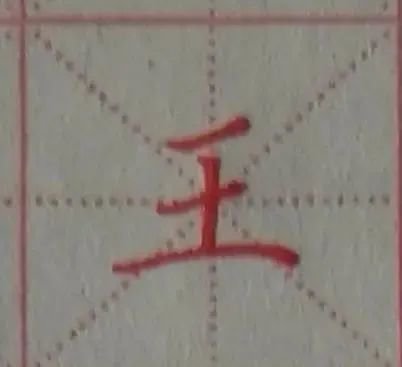
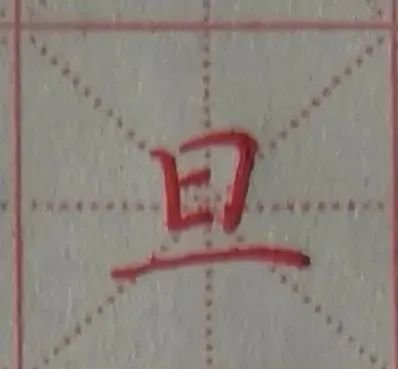
3. The left side is exposed vertically and the right side is hung with needles. In a character, vertical appears on the left side of the character, usually with hanging needle vertical, and on the right side, usually with hanging needle vertical.
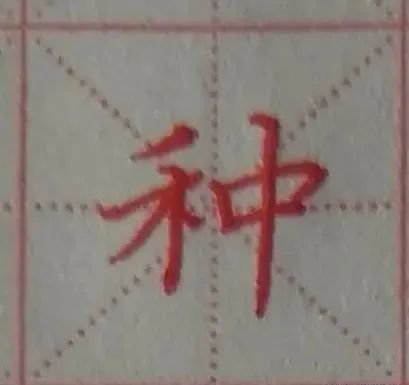
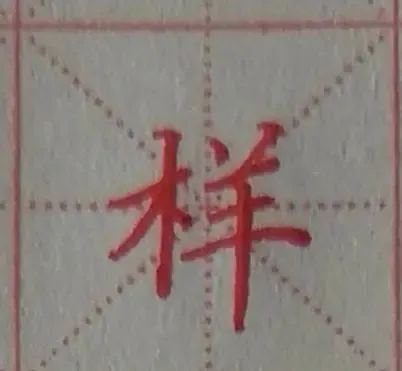
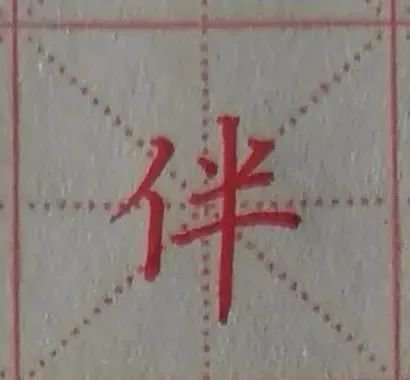
4. Short vertical hanging dew, long hanging needle. In one character, there are both vertical dew and vertical needle. If the dew is vertical and closed, it should be written shorter. If the needle is vertical, it should be written longer.
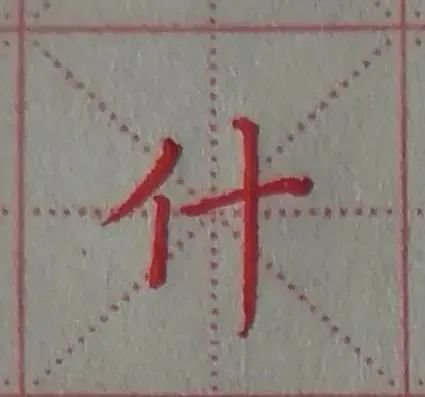
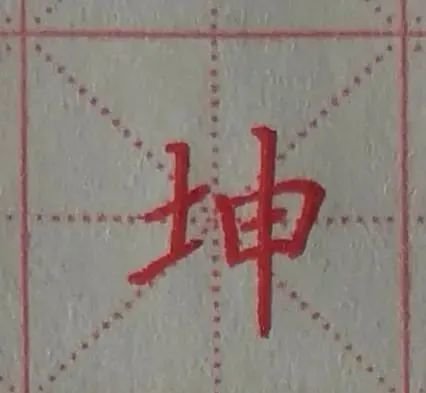
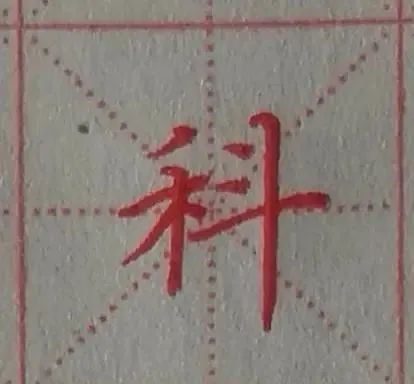
5. Keep it short but long, with moderate angles. When writing characters that are short and long, it is necessary to grasp the placement of the characters and the angle formed by their intersection.
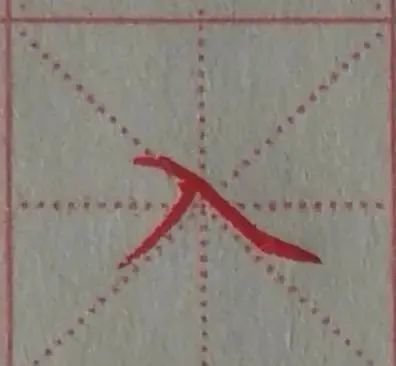
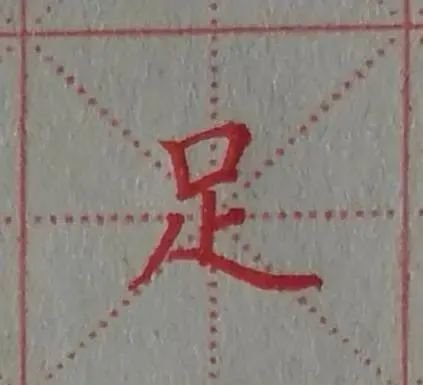
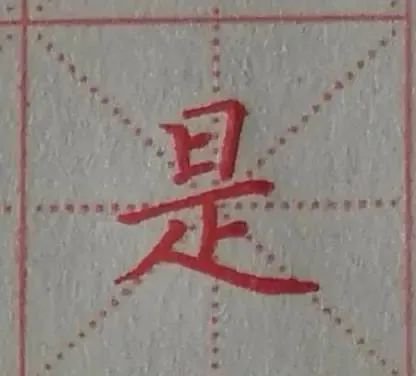
Sixth, leave out the long and suppress the short, and distinguish clearly. To make long strokes and short strokes, the position of the strokes must be correctly placed to achieve balance between the left and right sides.
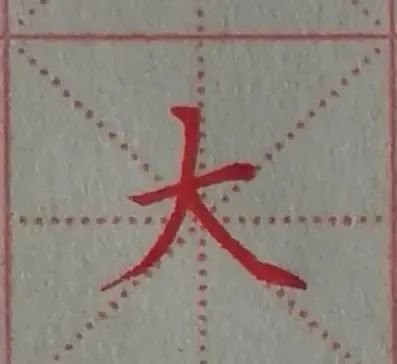
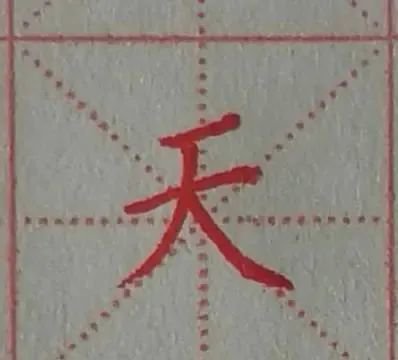
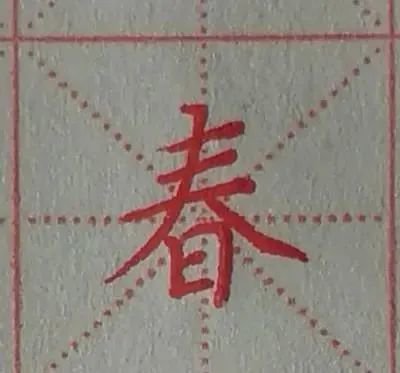
7. When turning, you need to turn back to the front, with the front pointing upward. The tip of the pen at the end of the long stroke should be written flat, not straight down.
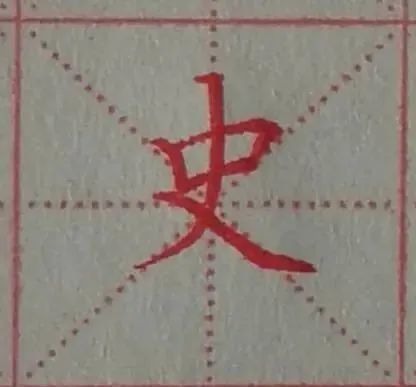
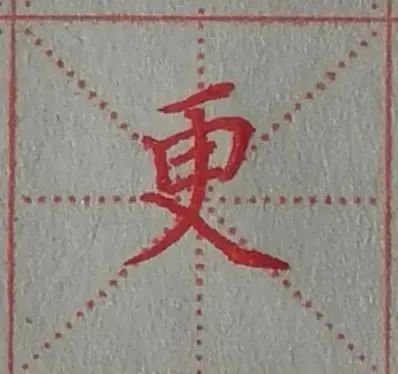
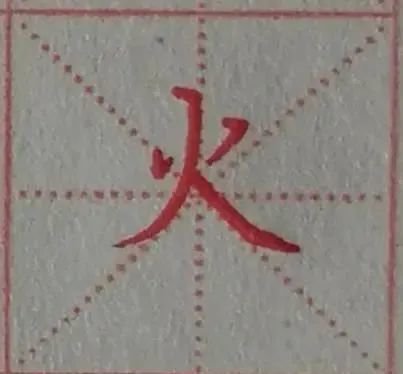
8. If you want to return to the peak, the peak will go downwards. When writing a long stroke, the end of the stroke should be flat or downward to the right, not upward.
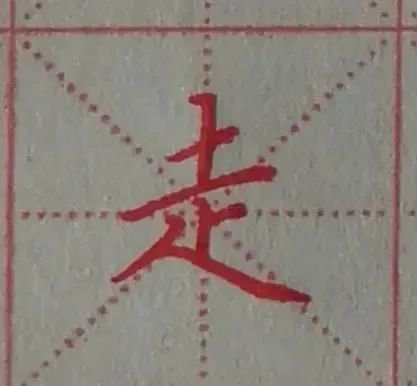
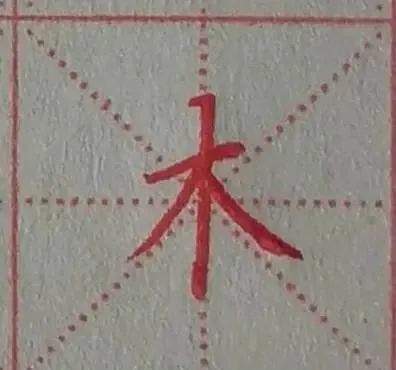
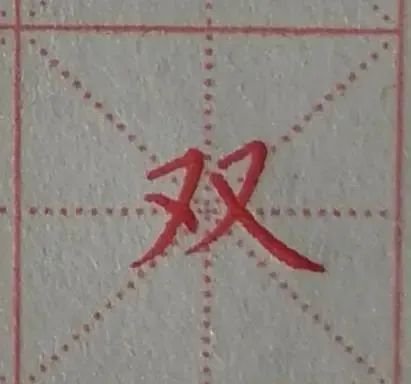
9. Take advantage of one point and call out more points. Individual points are determined by other strokes, either upright or flat. Multiple points should echo each other.
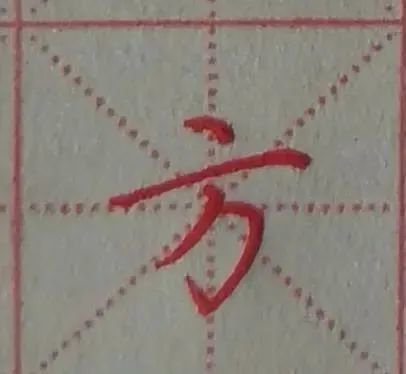
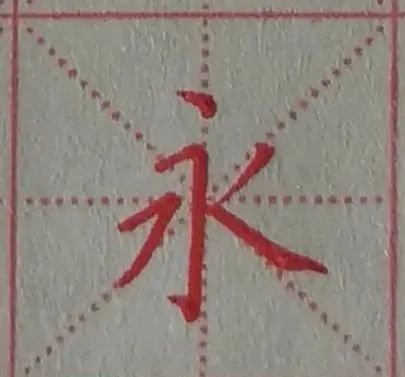
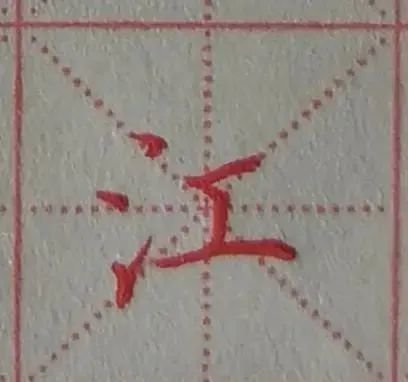
10. Balance the two points and take care of each other. The situations at the two points should be roughly balanced and should take care of each other.
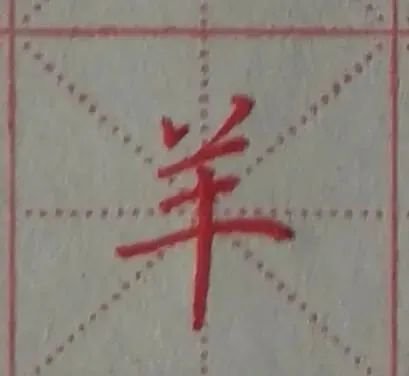
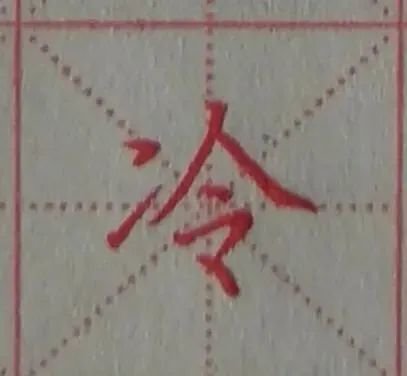
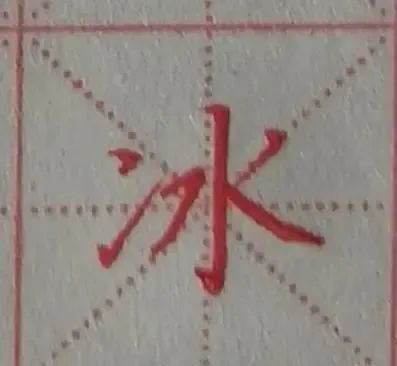
11. Take advantage of the hook and rush upward. The strokes with hooks should focus on momentum, and the tip should be strong and powerful.
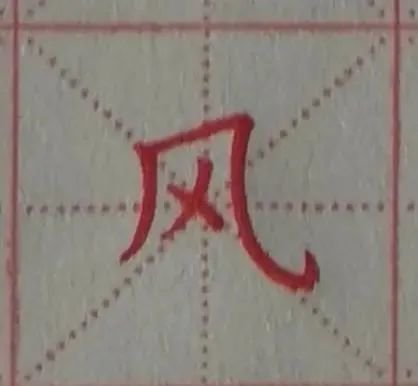
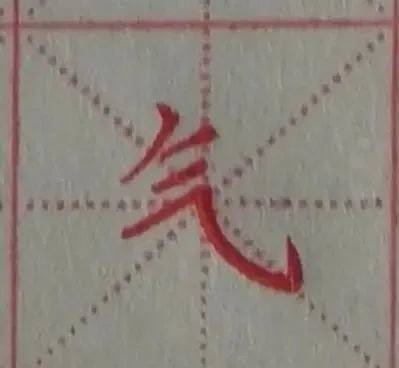
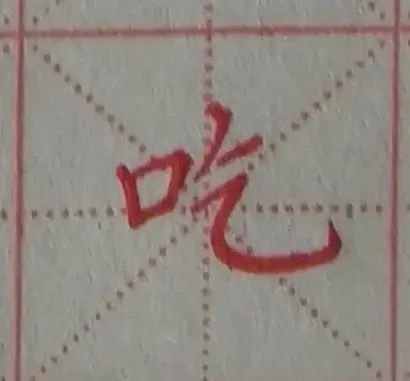
12. When you see a break, be slow and make a transition. The pause when writing a folding pen should be natural. If it is too heavy, it will easily get knotted and look uncoordinated. If it is too light, it will lack the charm of the folding pen.
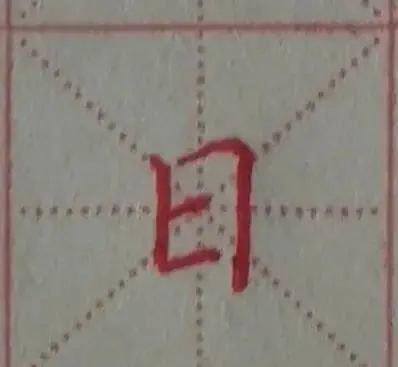
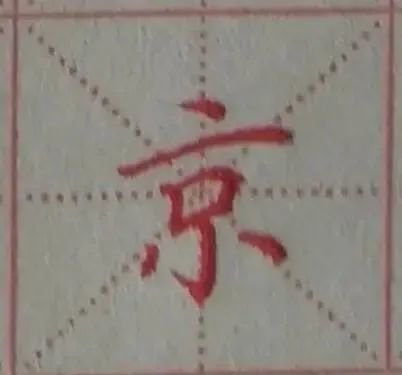
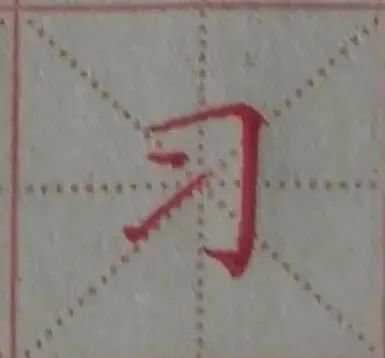
13. Tips for writing summary should be brisk. When writing and drawing, start and pause for a moment, and the strokes and closing movements should be consistent and brisk.
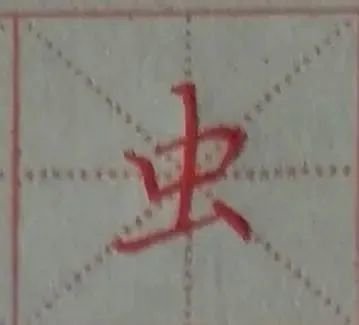
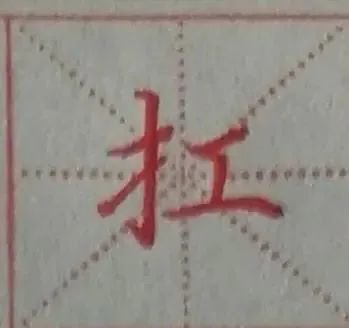
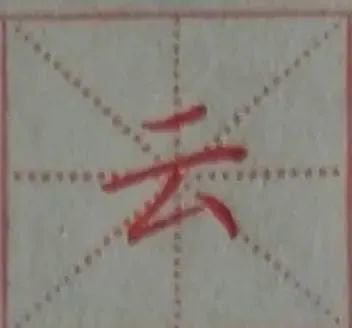
14. Gather on the left and scatter on the right, fold the hook horizontally. For characters with a horizontal hook, the space inside the hook is tight on the upper left and empty on the lower right.
